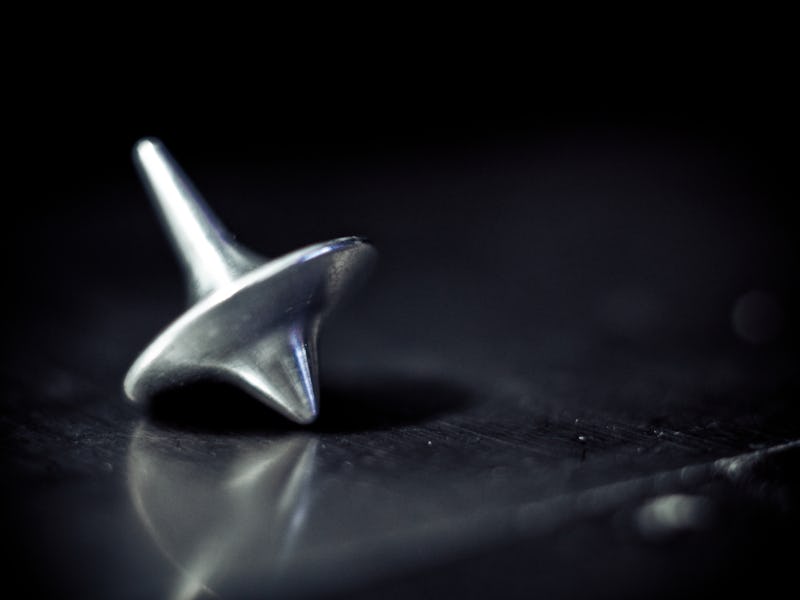Cue the epic Hans Zimmer soundtrack: Inception is real, at least in mice. Mind blowing, right? Christopher Nolan’s 2010 thriller gave us some crazy ideas about planting thoughts into our subconscious, but scientists at the Industrial Physics and Chemistry Higher Educational Institution in Paris took things to the next level. In a paper published in Nature earlier this year, they describe how they successfully induced behavior in mice by manipulating their dreams while they were asleep.
The study relies on a specific set of neurons in the hippocampus known as “place cells.” They were named by scientists, rather unimaginatively, when it was discovered that they became active only when associated with a specific place; a mouse entering a blue room, for example, would show different patterns of place cell activity than when it entered, say, a red room. These cells are thought to help us form internal maps. By sticking electrodes directly into the hippocampus of the mice, the researchers were able to study the activity patterns of place cells associated with different locations.
They continued to monitor the mouse brains while they were asleep. What they found was that the place cells were still firing in the same patterns — meaning that the mice were ‘dreaming’ about those specific locations. Then, taking a cue from Leo Dicaprio and JGL, they manipulated those dreams: using electrical stimulation to produce a ‘reward’ sensation whenever specific place cells were active, they created a positive association with a particular place, even if the mouse was just dreaming about it. When the mouse woke up, they went directly to those places associated with the reward.
Technically speaking, the work is about manipulation of memory processes rather than of “dreams.” Place cells are known to fire spontaneously during sleep, and this is thought to represent the brain going over the day’s activities, which is necessary to learning and memory. By hijacking this system, the researchers essentially figured out how to insert a brand-new memory — that a reward was associated with a specific place — into the mouse brain.
“The mouse develops a goal-directed behaviour to go towards the place,” said Karim Benchenane, who led the research, in an interview with New Scientist. “It proves that it’s not an automatic behaviour. What we create is an association between a particular place and a reward that can be consciously accessed by the mouse.”
This study won’t be replicated in humans, at least not anytime soon. To do so, we’d have to insert electrodes into our brains to find out, which at the moment is too invasive for researchers to do. Still, the researchers hope that this technique could someday be applied to softening traumatic memories. Until then, human mind control is — for better or for worse — the stuff of Hollywood.
